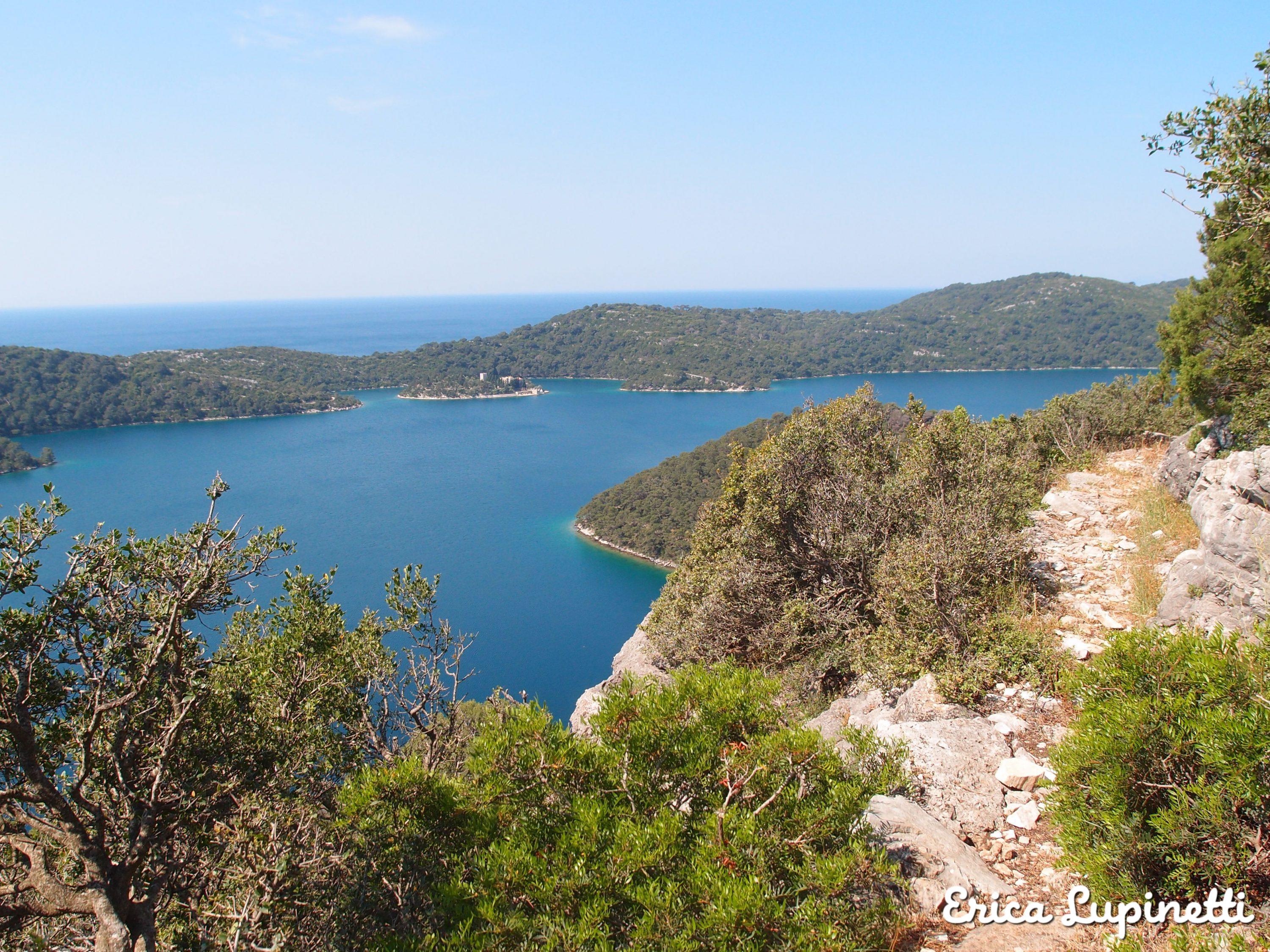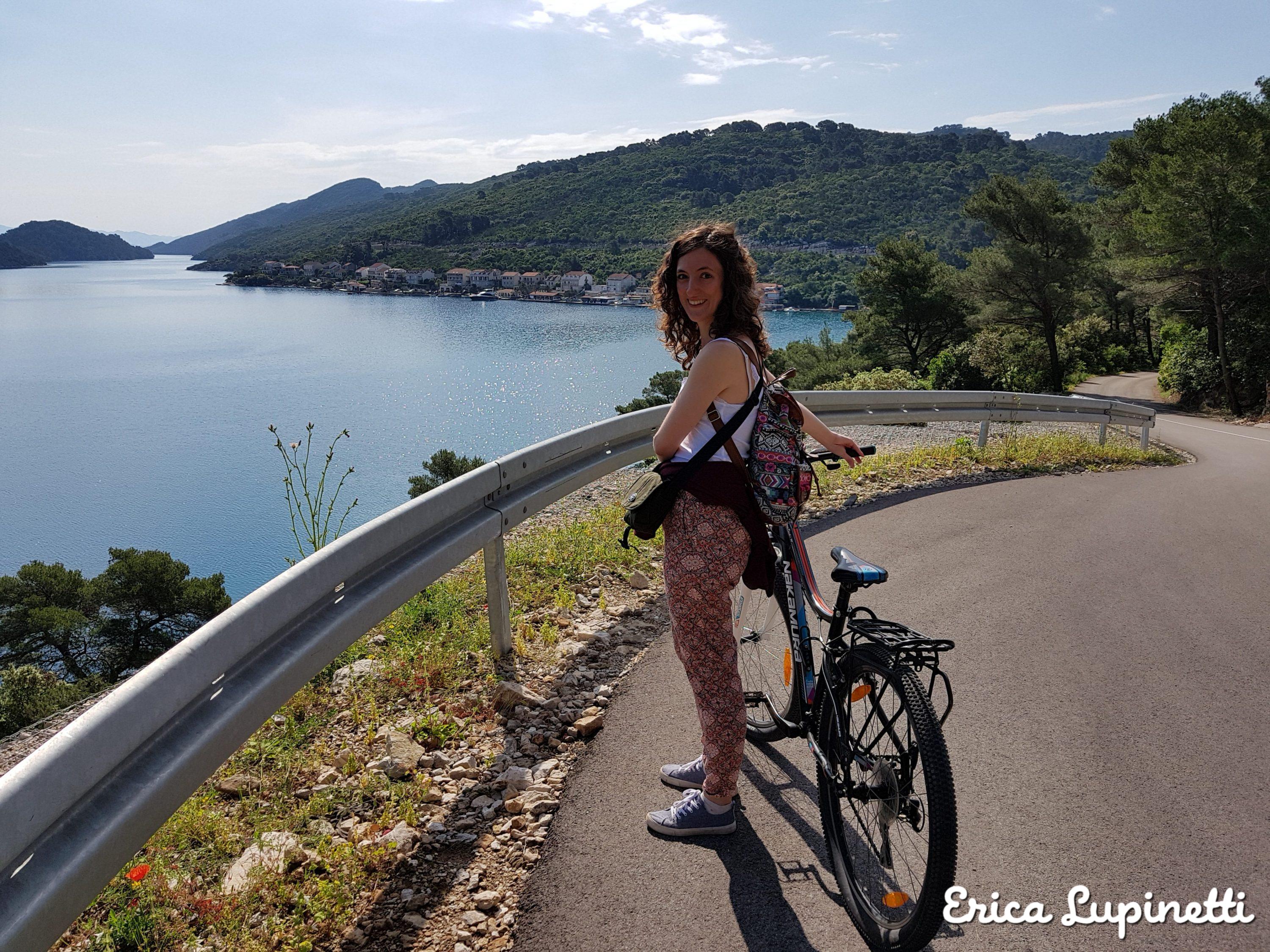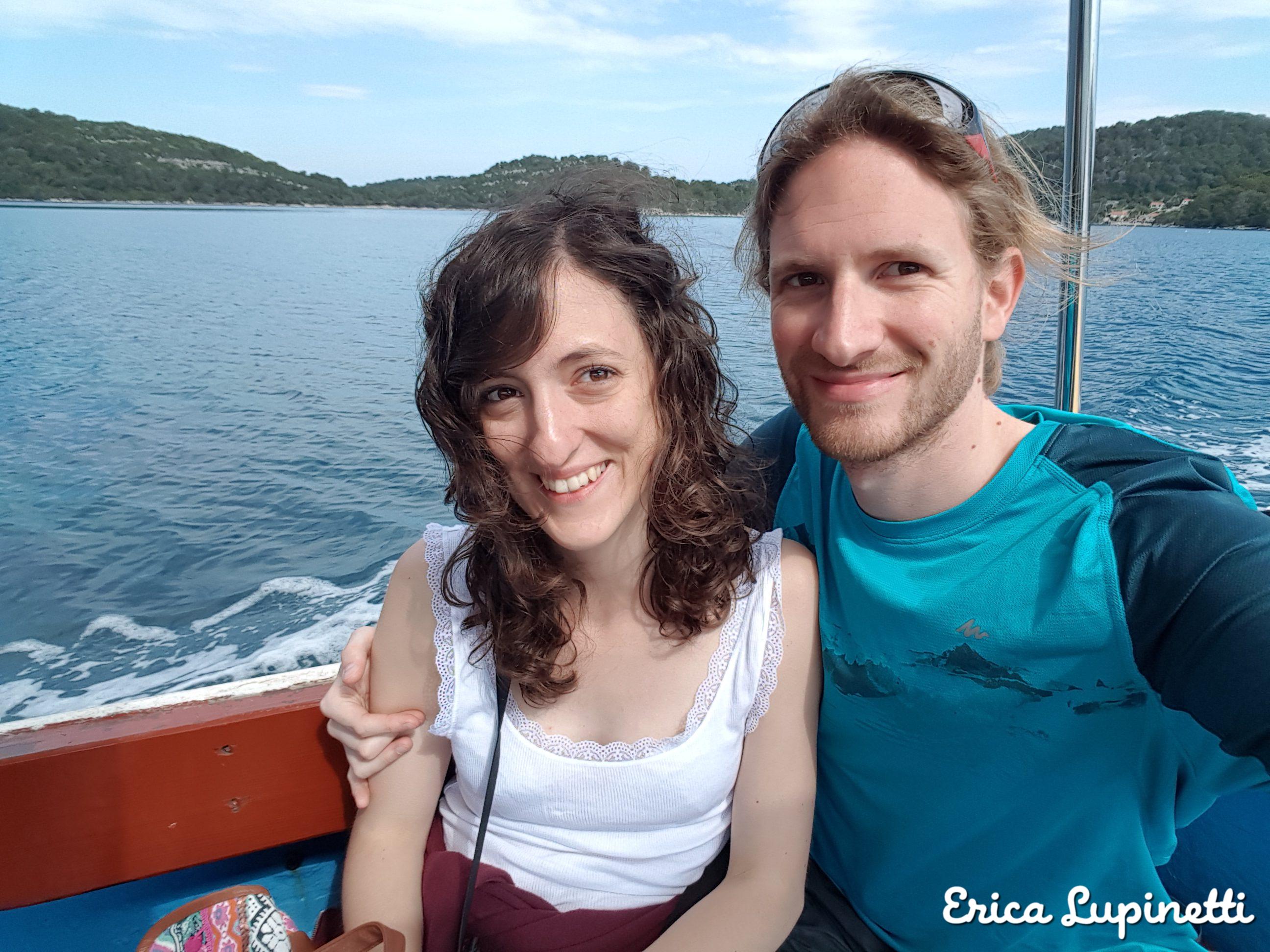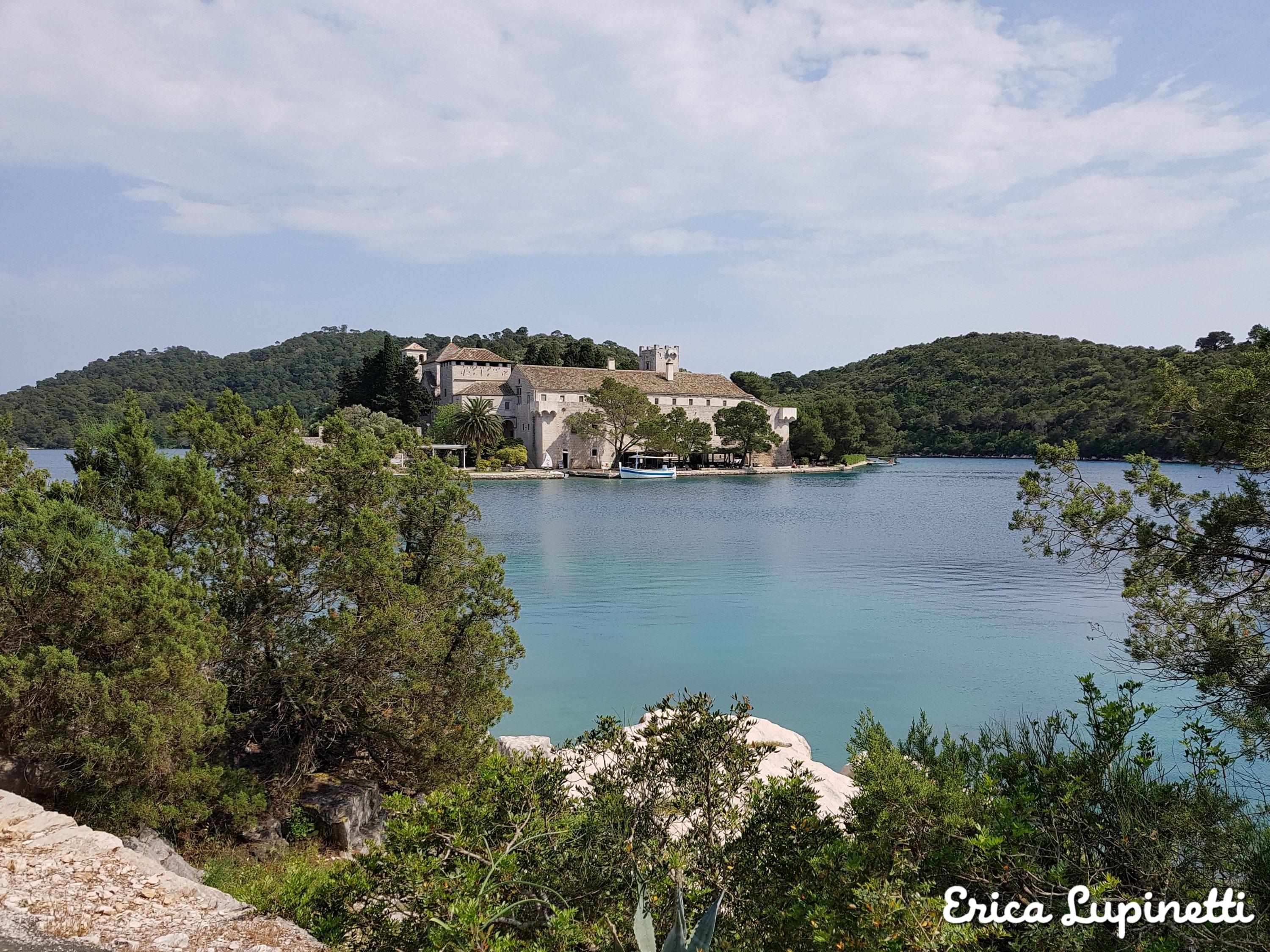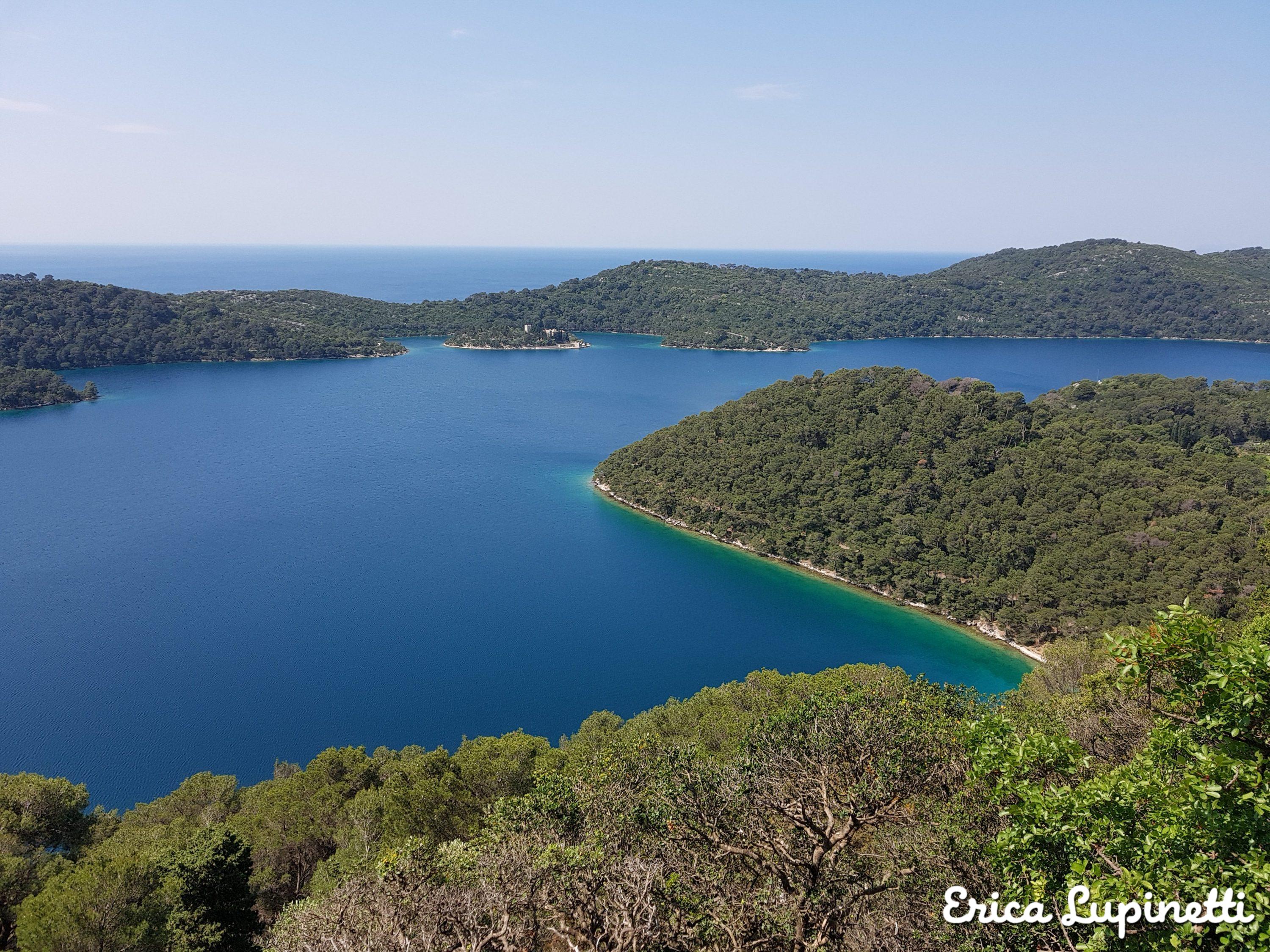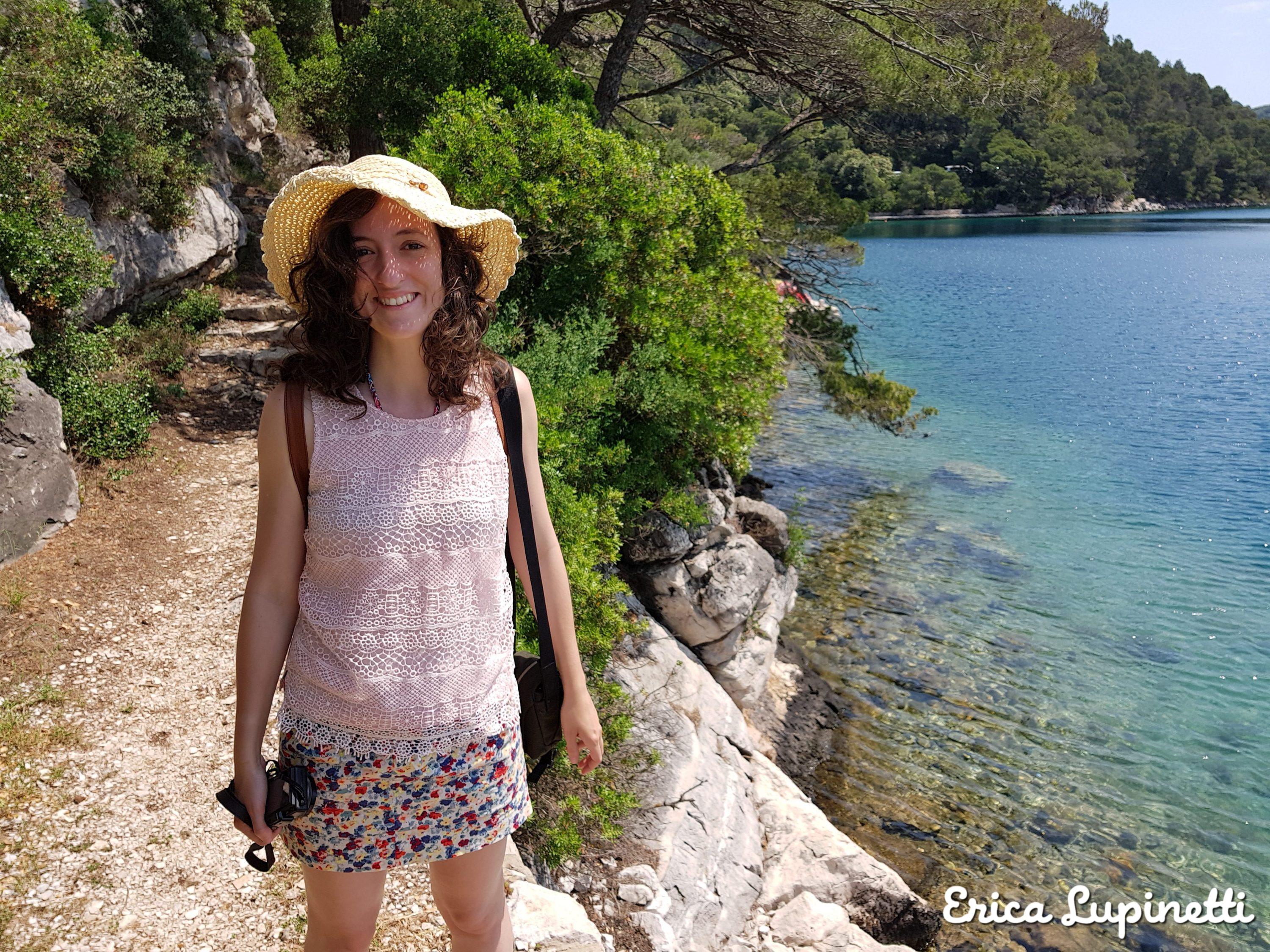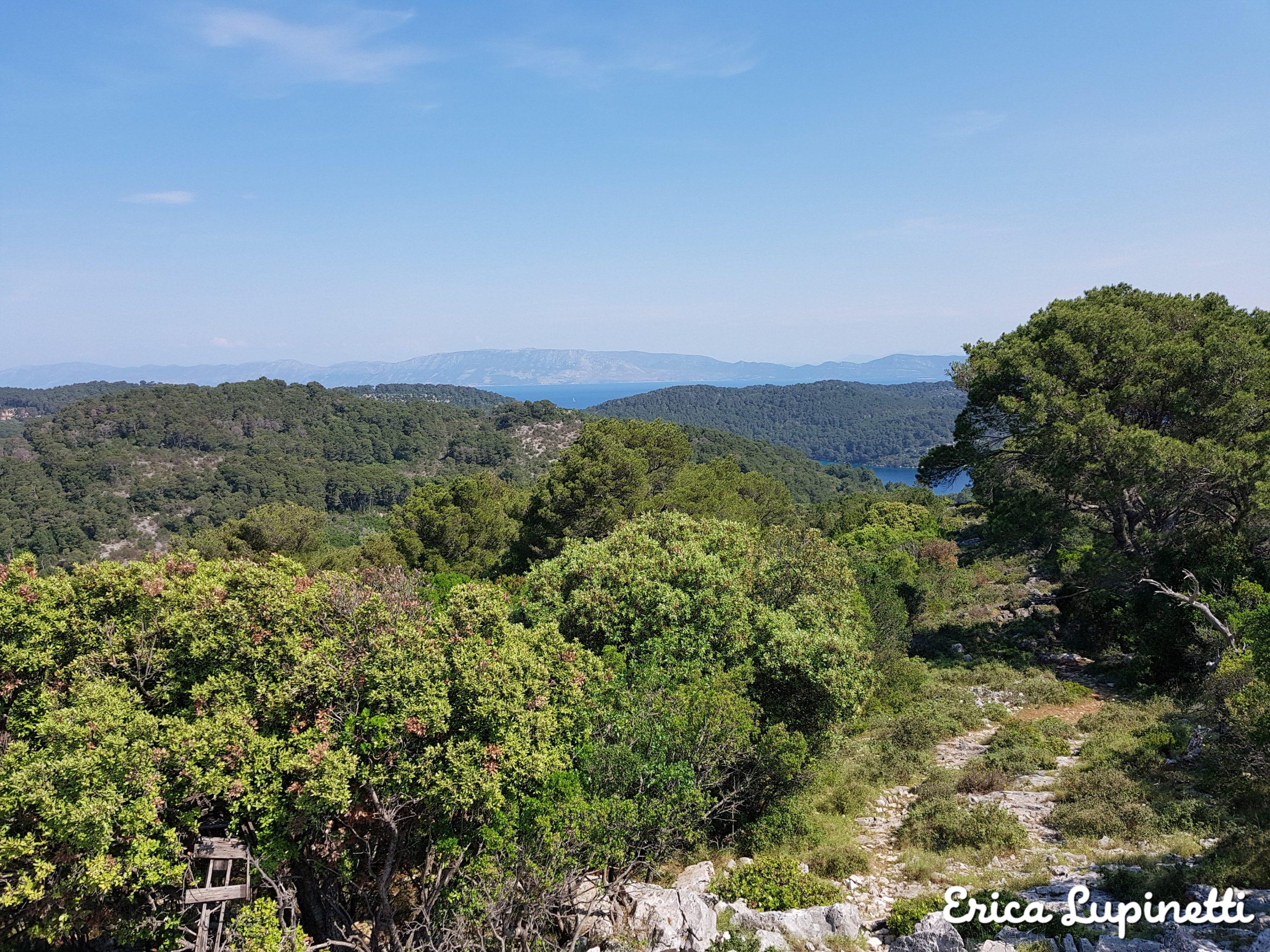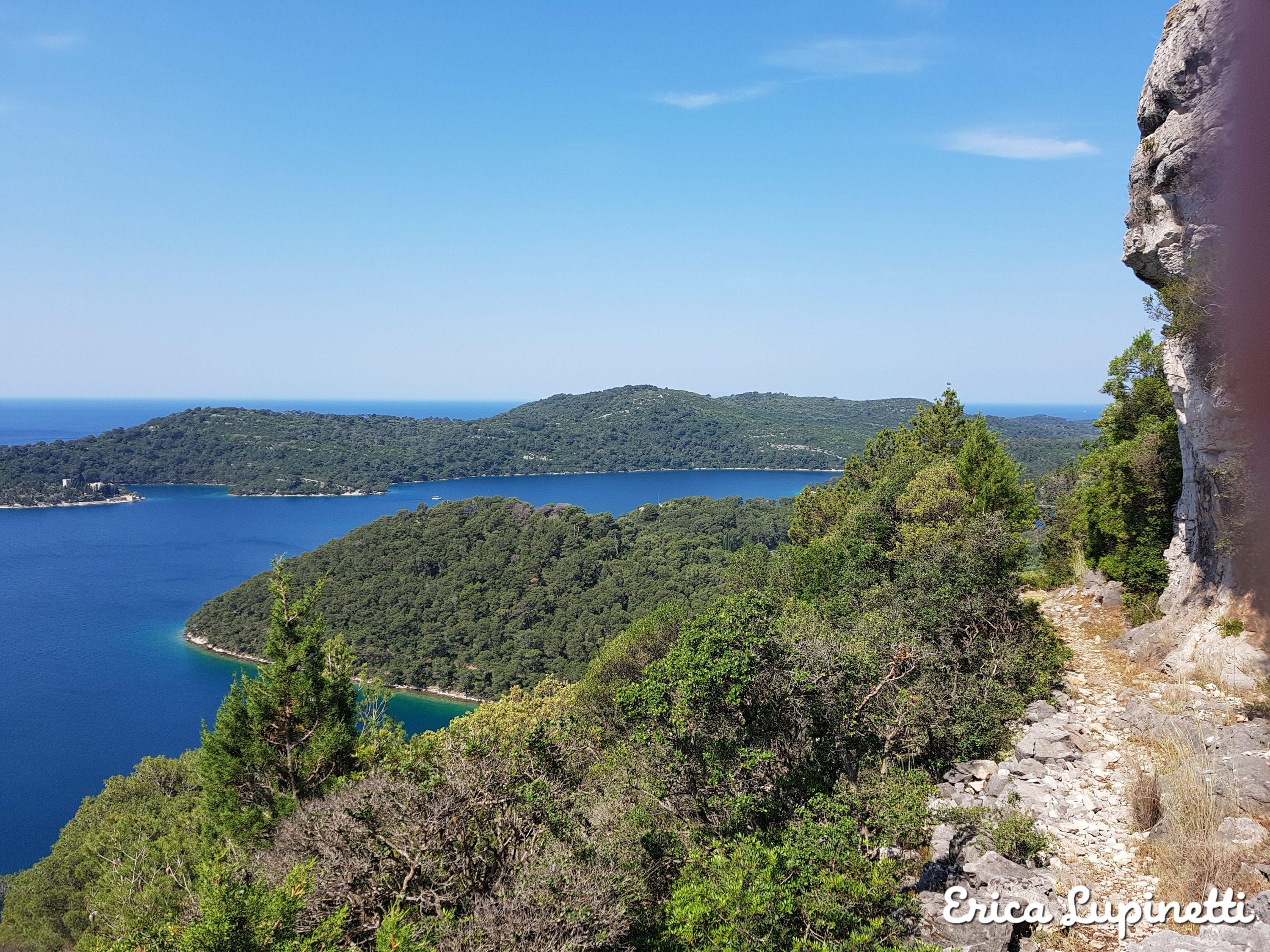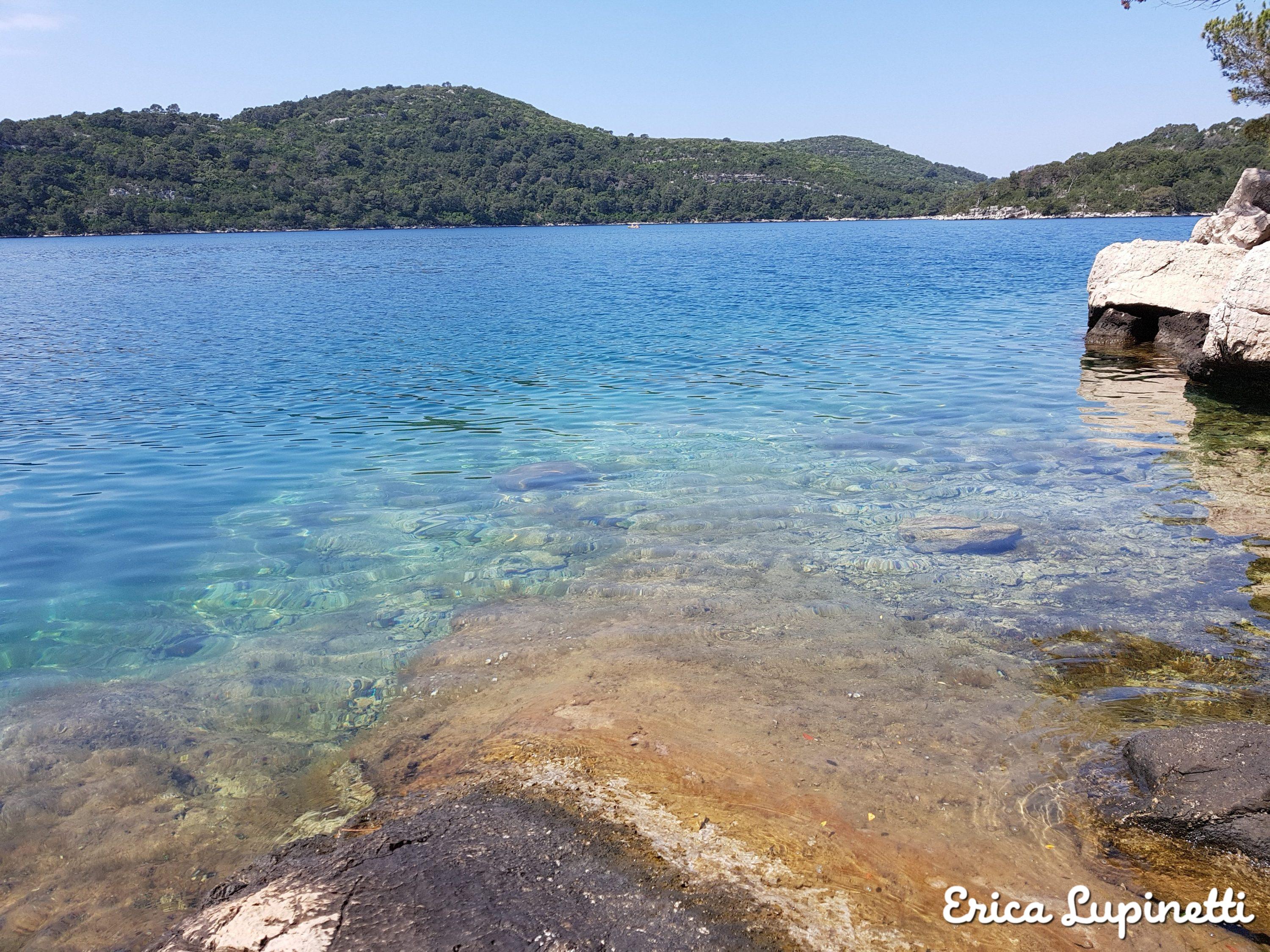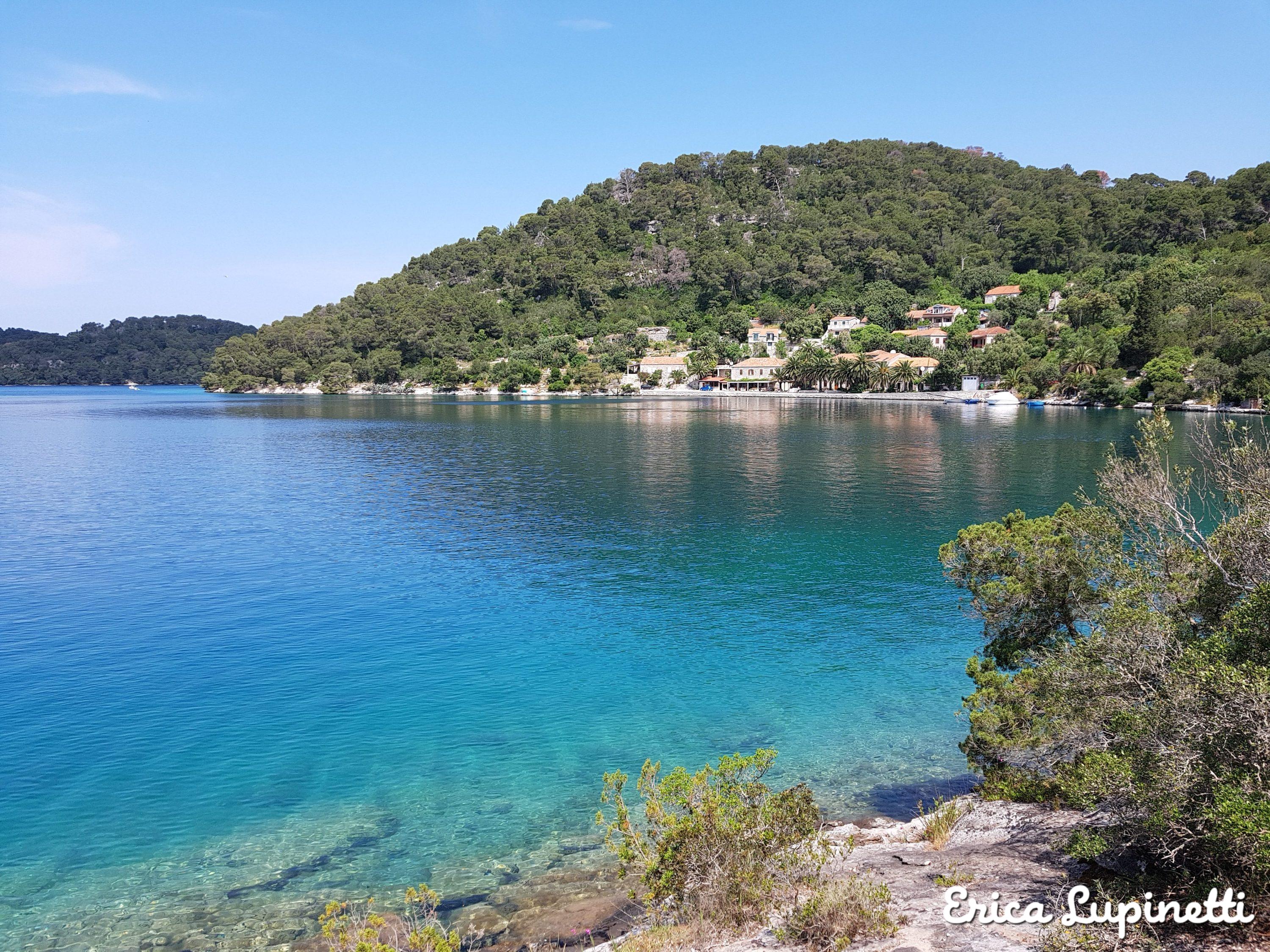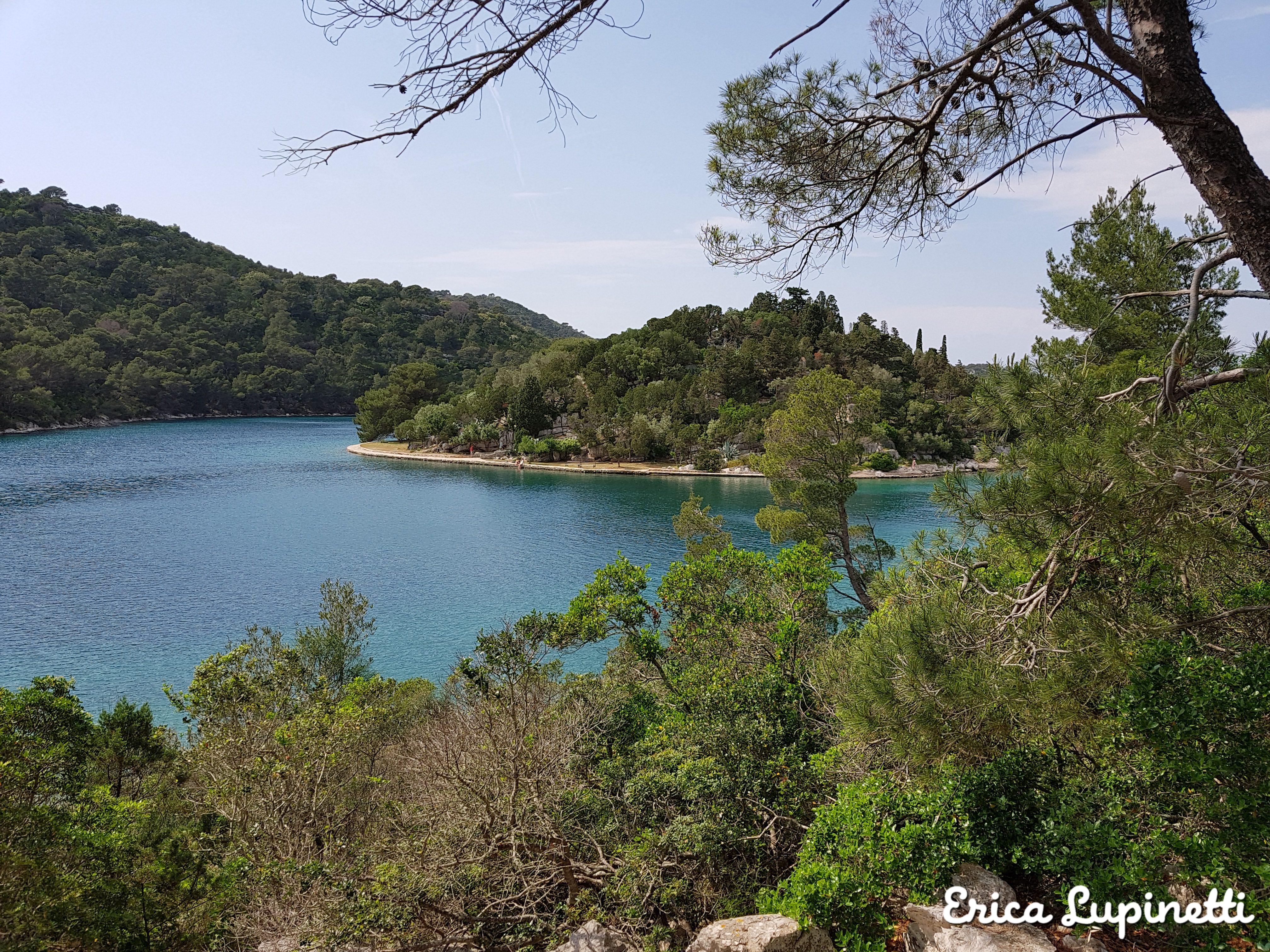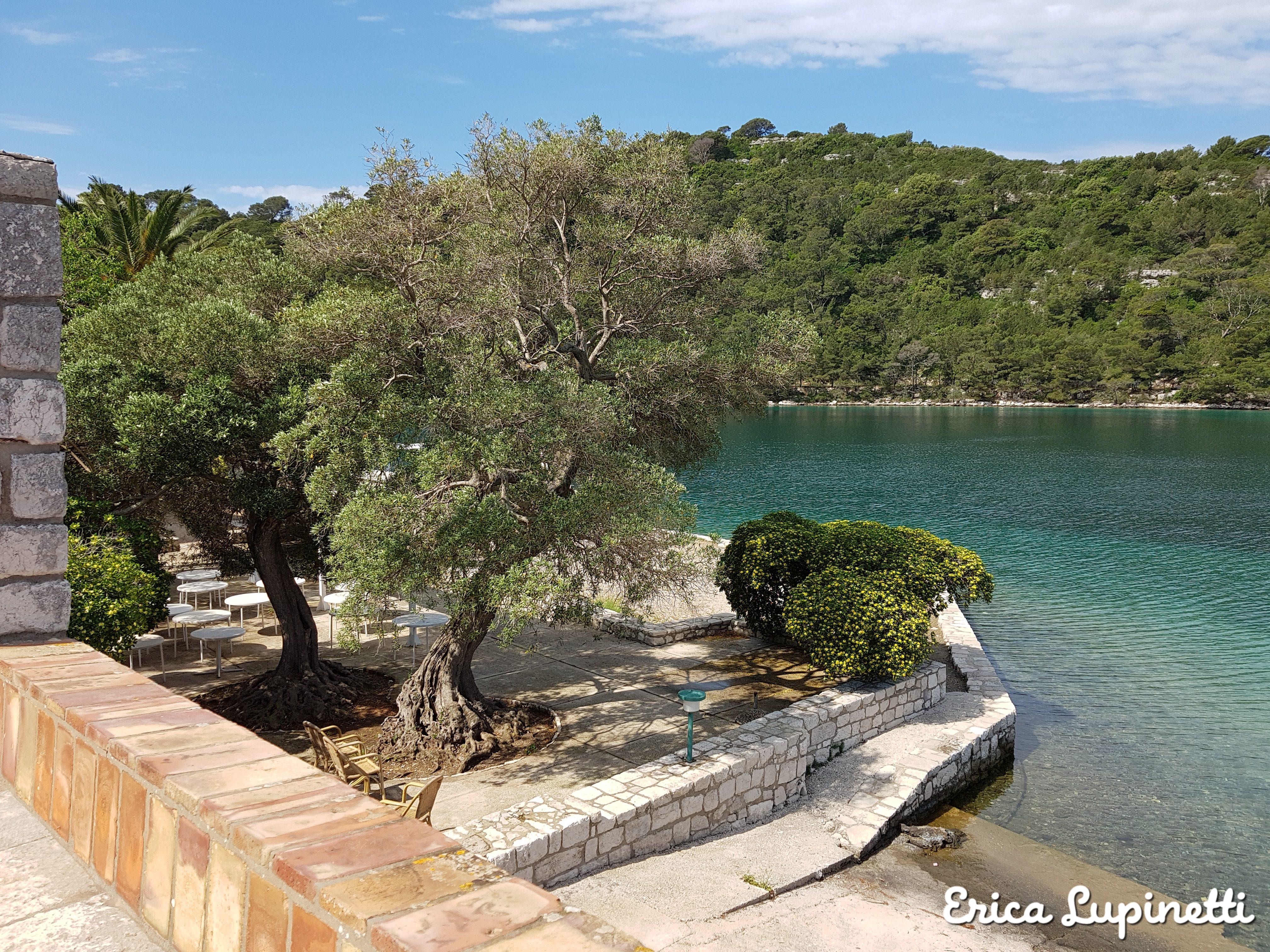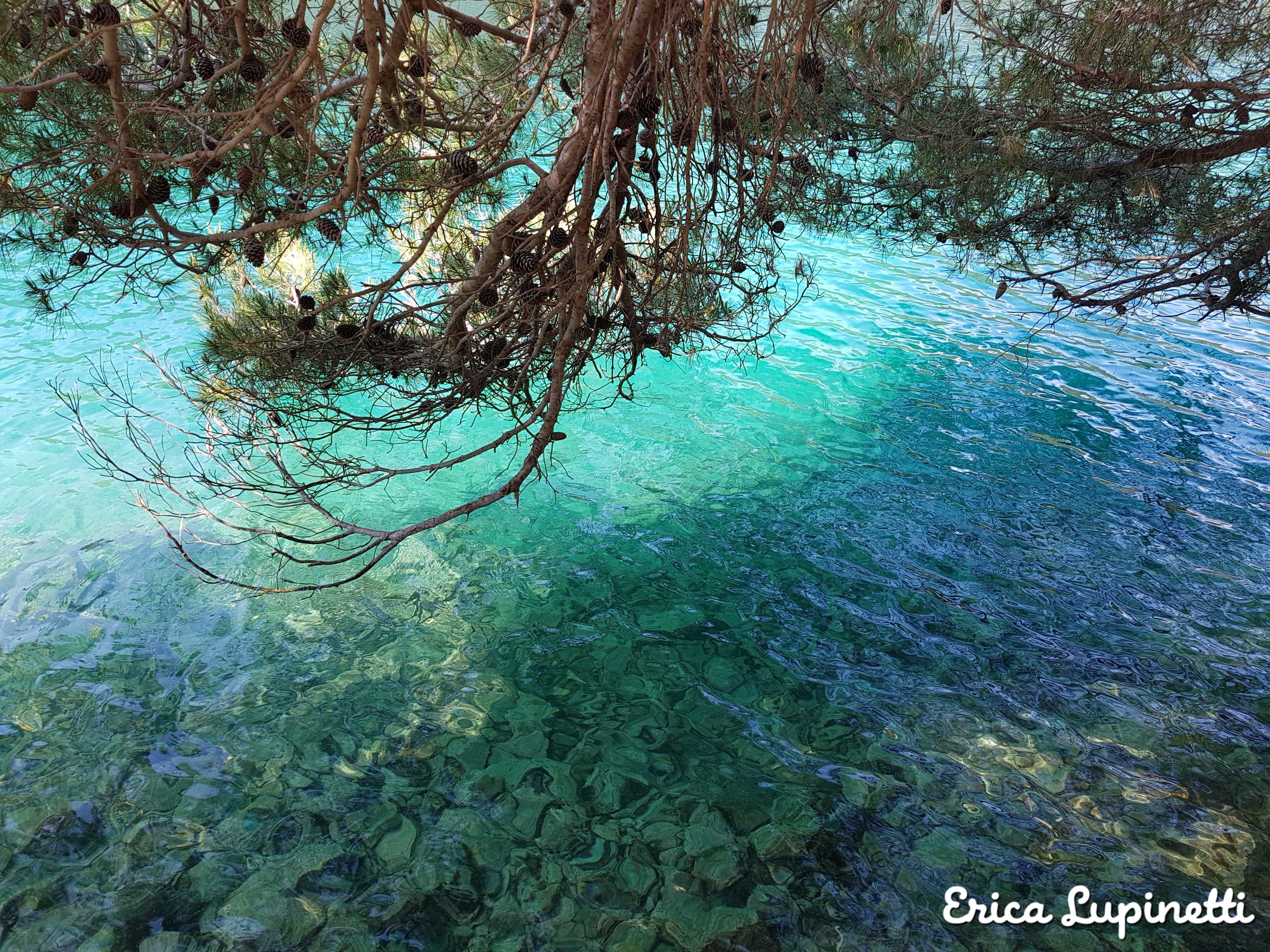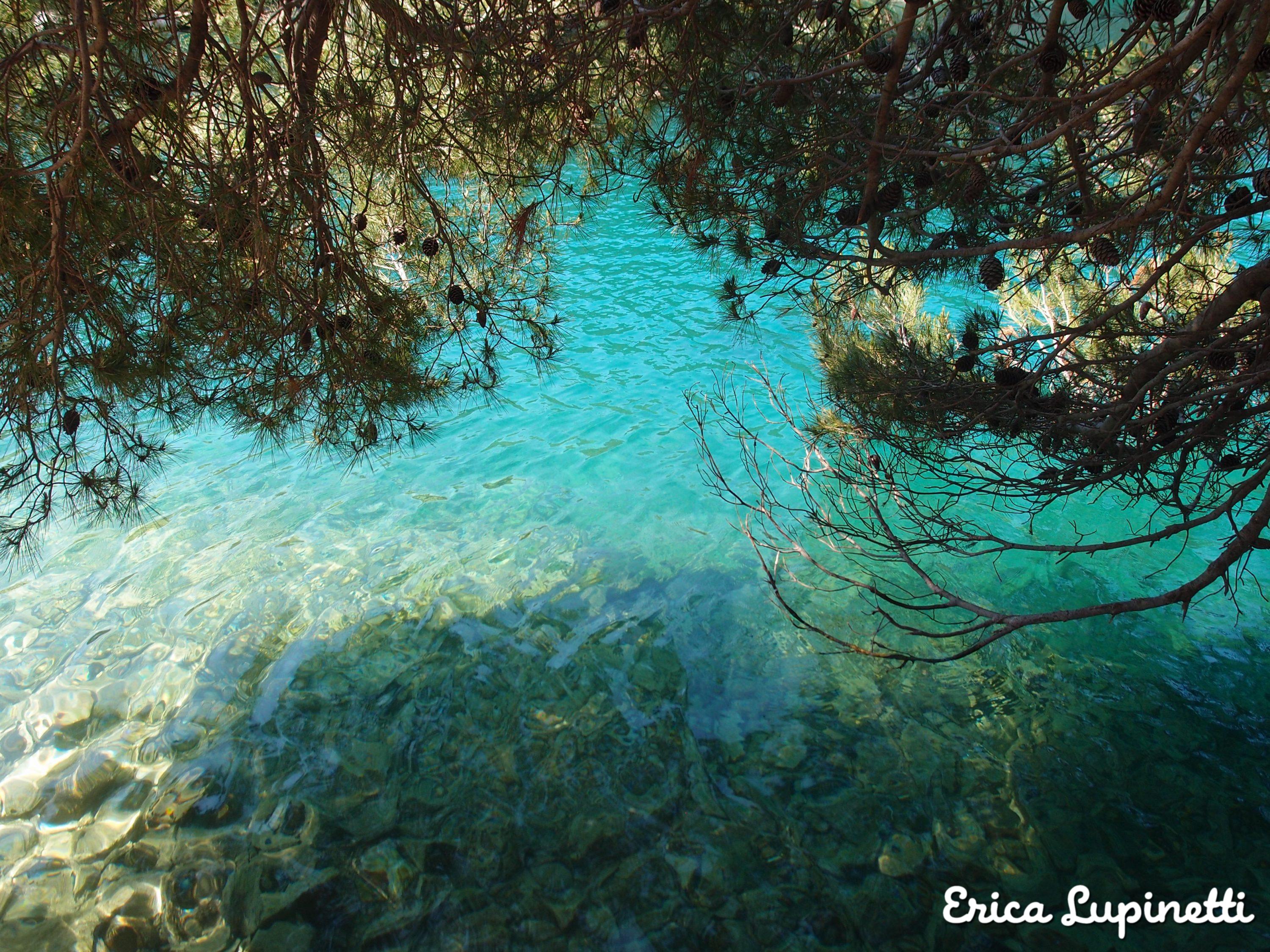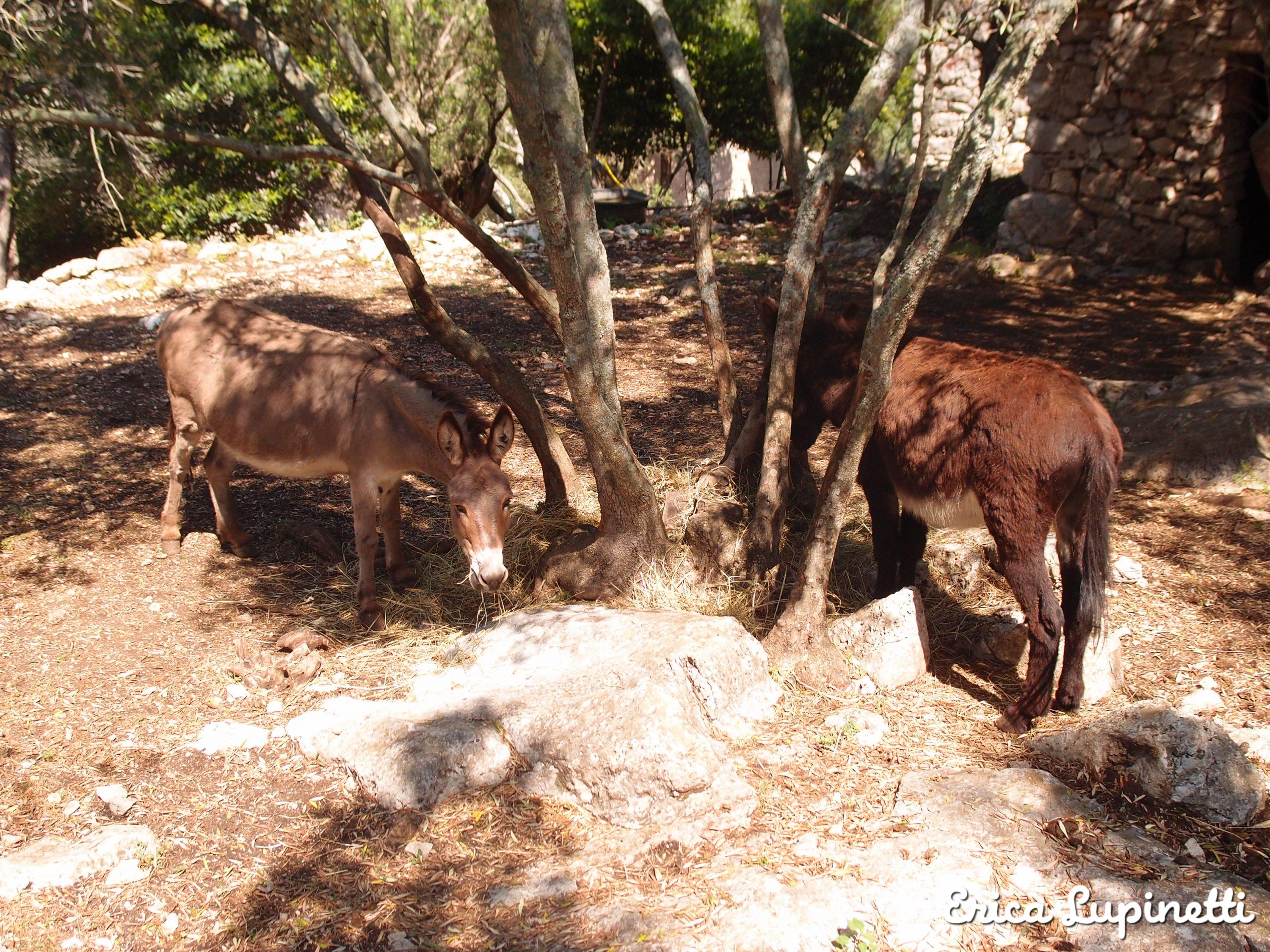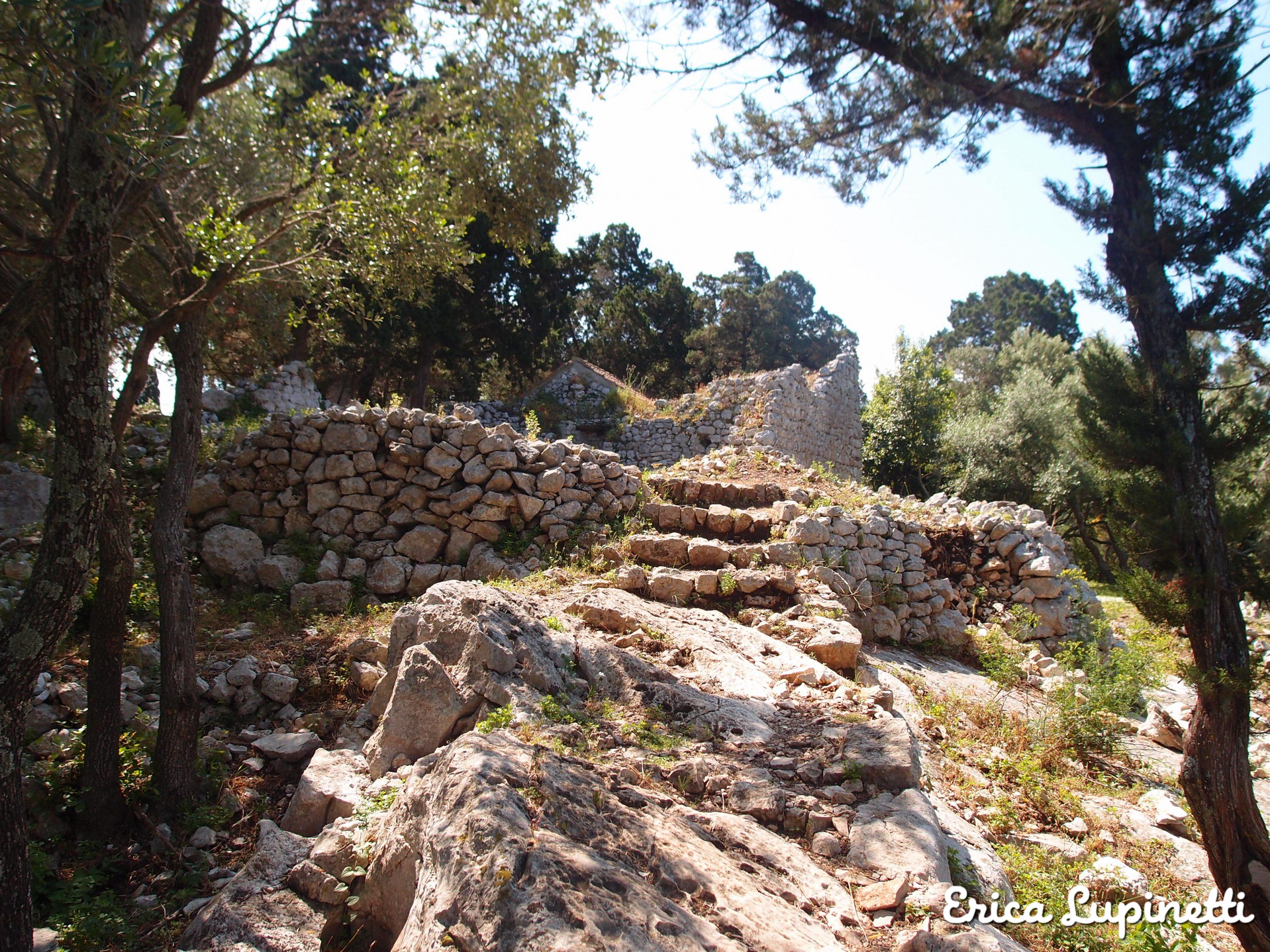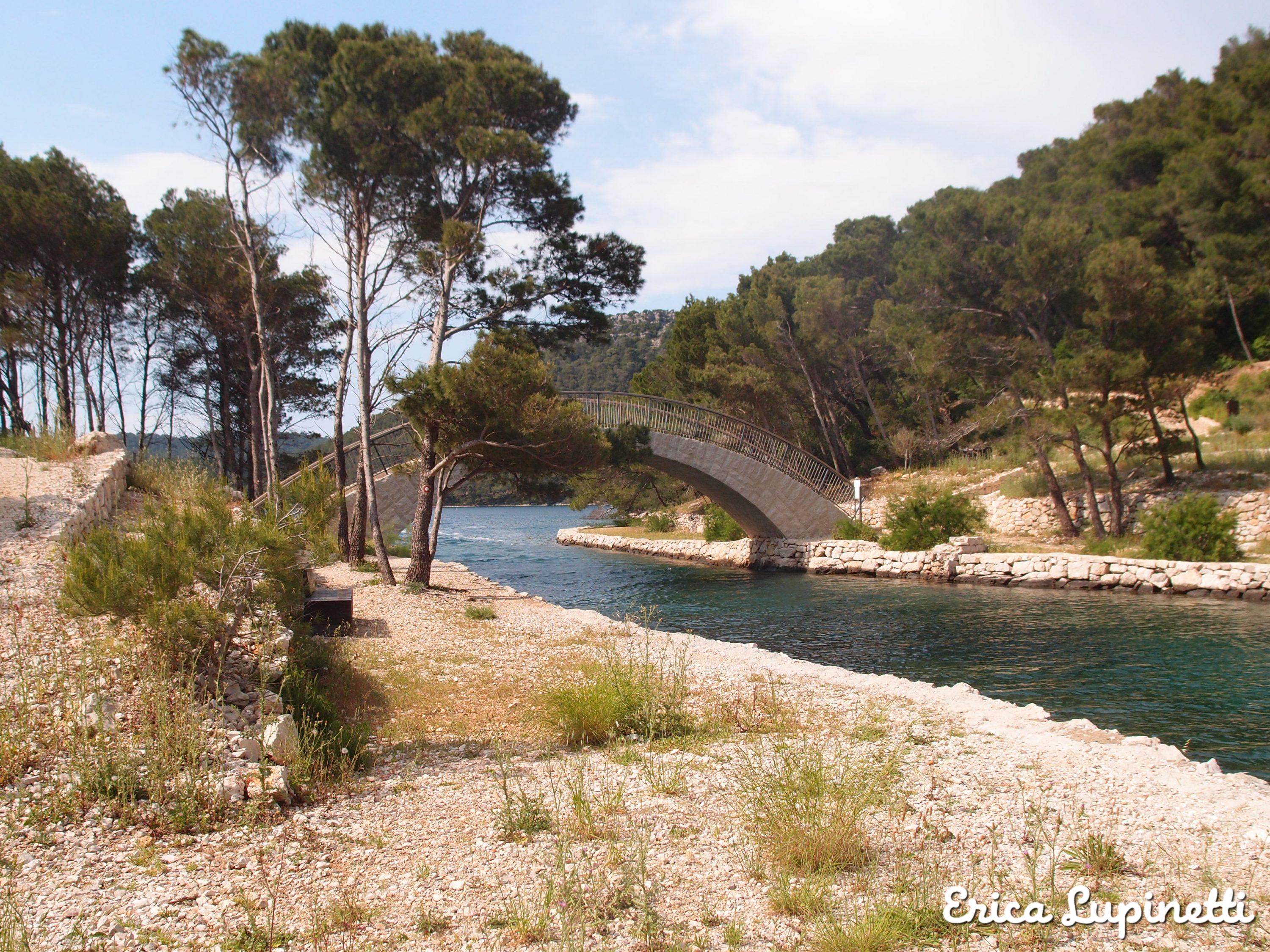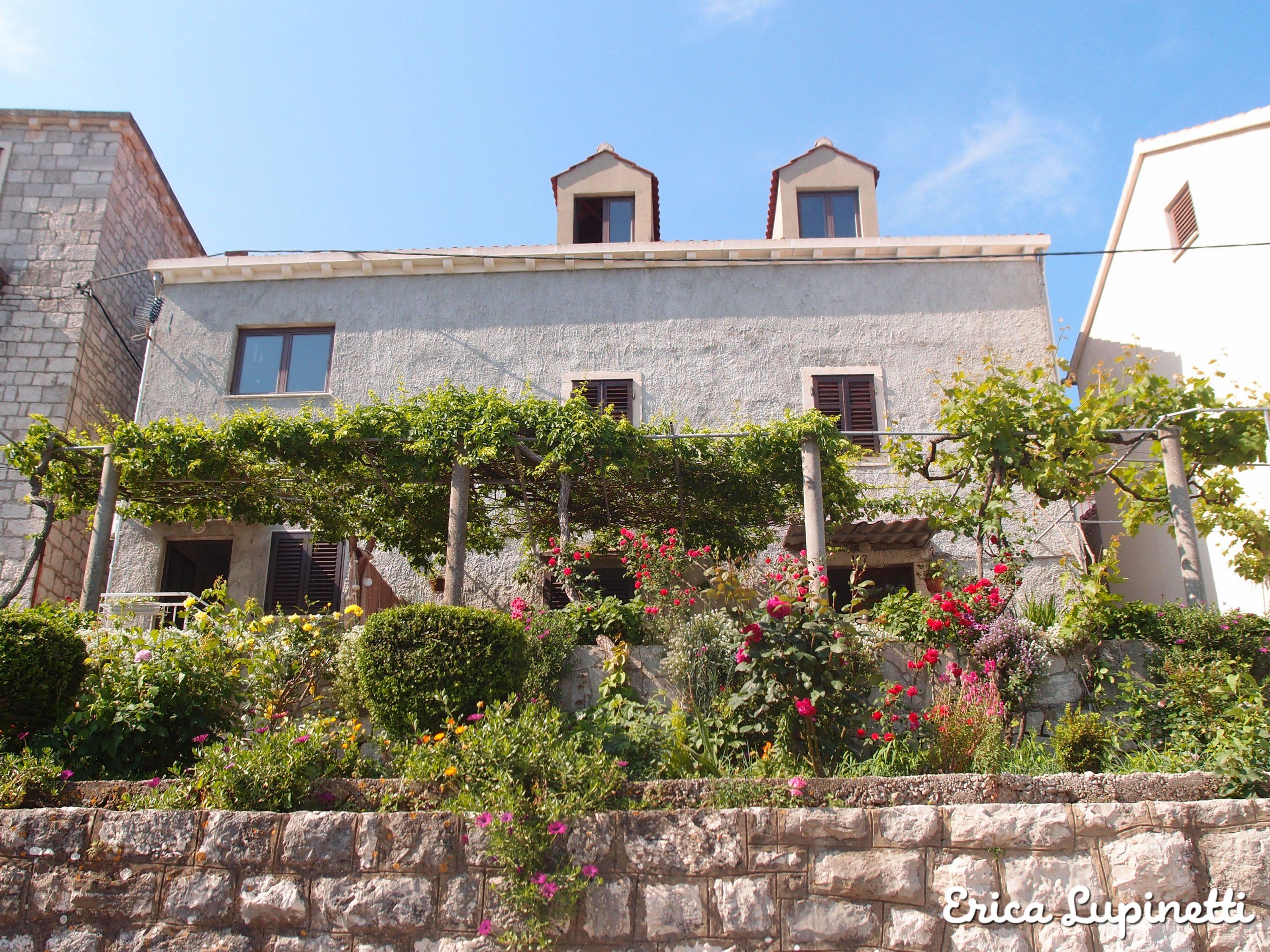An Emerald Green Protected Island
Before starting our island hopping journey from Split, I spent a few days wondering which Croatian islands was best to choose when having ten days holidays only. I definitely knew I wanted to discover unspoiled natural reserves, see green landscapes and experience a bit of a retreat to do open air activities such as cycling and hiking and slow down my life rhythm.
I found my answer when Mljet island appeared on some guide and looked like a remote place not famous for nightlife, (unlike the rest of the Croatian islands), where cars are not allowed.
Here are the main things to see and to do on the island:
1. Visit Mljet National Park
Mljet National Park is a large area located in the North West of the island and includes two salty lakes, Veliko and Malo Jezero (meaning Large and Small Lake) where paddling and kayaking facilities are available. The Lakes stretch over 4 km and in the middle of the main one you will find a small islet Sveta Marjia home to a charing Benedectine Monastery erected here during the 12th century.
The small island is connected by boats that sail every 20 minutes and bring visitors to its restaurant and bar offering lovely views. It is possible to access the park through the main two villages: Pomena and Polače. Visitors need to pay the entrance fee at the kiosks and keep their multi-day tickets until the end of their stay. Kiosks provide maps and information about the different paths to follow either by bike easy to rent at every village or by foot following the intricate trail map.
Keep in mind that no motor vehicles are allowed in the National park (but you can rent a car or scooter that you can drive in the rest of the island).
Personally I think that the best option is to rent a bike at cheap rates (about ten Euros per day) and explore the shaded tracks around the lakes. It is the best option to see the whole park in a couple of days. The island features nice hills from where you can enjoy stunning views over the lakes from the top.
What I found amazing about this island is that villages are only inhabited by local families or a few tourists who wanted to enjoy some peace and quiet. With barely no cars or scooters and only one taxi available in the whole island, I had the impression to go back in time 50 years ago, where people could live in symbiosis with the environment respecting it and having a much higher quality of life.
It is definitely a special place where we enjoyed three days doing some peaceful kayak on the lakes, took wonderful pictures of the turquoise chilly waters, paddled up and down the hills of the island and hiked on the green hills stopping only to picnic in the nature where only birds could be heard.
Here are the main highlights you can visit in a couple of days:
1. Polace – the port and village on the island of Mljet
Polace, the largest village and bay located in the western part of Mljet Island has only over 100 permanent inhabitants. The bay is about 6 km long and sheltered by 4 islets in front of it which protect them from winds and currents: Tajnik, Moračnik, Ovrata and Kobrava. Due to this favourable position, Polace is one of the ferry ports of the island and the best spot for sailors for mooring their boats. The village has a few bars and restaurants and a couple of rental places as well as a mini-market for basic shopping.
Polace features a few Roman palace ruins dating back from 1st-6th century from which it takes its name “Polace” (= palace in Croatian).
2. Pomena, the entry door to Mljet Island
When arriving from other Croatian islands or Split, Pomena is the first village who will welcome you with its tiny city centre and its gorgeous seafood restaurants overlooking the harbour. The village is on the extreme West side of the island at only 15 minutes walking from the salty lakes and it is populated but only over 50 people. The village is the most popular entry to the National park: here you won’t find big groups of young tourists getting drunk on the quay but only families and couples looking for a relaxing escape from the daily hustle and bustle.
Before becoming part of the tourist trade, locals used to live of fishing and farming only. Today we can find some hotel, restaurants and grocery shops giving some life sparkle to this fishing settlement.
3. The Church and Benedictine Monastery on St. Mary’s Island
When visiting the National Park a couple of hours stop is due to visit one of the oldest monuments of this area: the Benedictine Monastery. According to the history this island was a gift from the Duke of Zahumjle to a group of Italian monks, the “Pulsanesi Eremites” coming from Puglia the “heel of Italy” in 1151.
The Benedictine monks were part of the Abbey of St; Mary of Pulsano, hence the name of the islet. This old monument dating back to 12th century it’s first mentioned in a document written in 1220. This Romanesque monastery undertook many refurbishing during 15 and 16th century ever since when Renaissance additional parts such a garden and and a villa where added to the existing building and ruins.
The “Santa Margherita in Bisceglie” convent was built in Puglia in Italy around 1197 and features a very similar church that was built in the same period. The tower and the surrounding walls surrounding the monastery complex and the garden were created late in the 17th century.
The area was famous to be at risk of pirates’ attacks so the whole complex had massive fortifications and walls for protection. At the end of the 14th century this secluded place was used as a place for quarantine and monks were renowned to be expert pharmacists. The islet at the time was a unique olive grove and today we can still see this beautiful trees around the garden. Monks owned this land until Napoleone Bonaparte invasion in 1808 and the property became a school.

We stayed two nights in a lovely apartment in Polace, Aloha Mljet, found on AIrbnb with great sea views and a lovely terrace where we could eat outside listening to somebody playing accordion and singing while having dinner in a nearby house. I recommend it because they offer different flat sizes which are fairly priced, conveniently located and it felt like being at home! The host, Ante, was welcoming, and he also ran a bike-rental shop and the mini-market mini-market just down the road. The position was perfect to start exploring the beauty of this laid-back island perfect to breathe some unpolluted air and recharge your batteries.

We arrived by ferry from Dubrovnik to Pomena. From here you have different options to join your accommodation: either you rent a car or a scooter or you take the only running mini van shared taxi of the island (so run and get it before it’s full) which will take you in about 20 minutes of winding roads to your destination.

As a general tip, I advise you to spend three full days on Mljet if you want to explore the beaches and the rest of this very narrow and long island. The best option is to rent a scooter for the day if you visit the area during high season and you want to explore something else apart from the National Par. I regret not having an extra day to do some more hiking or kayaking and to explore the East part of the island, but make sure you don’t miss it!


